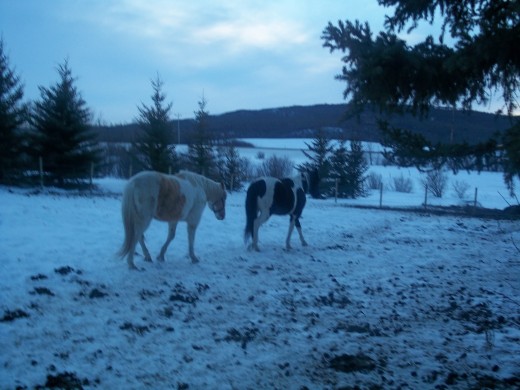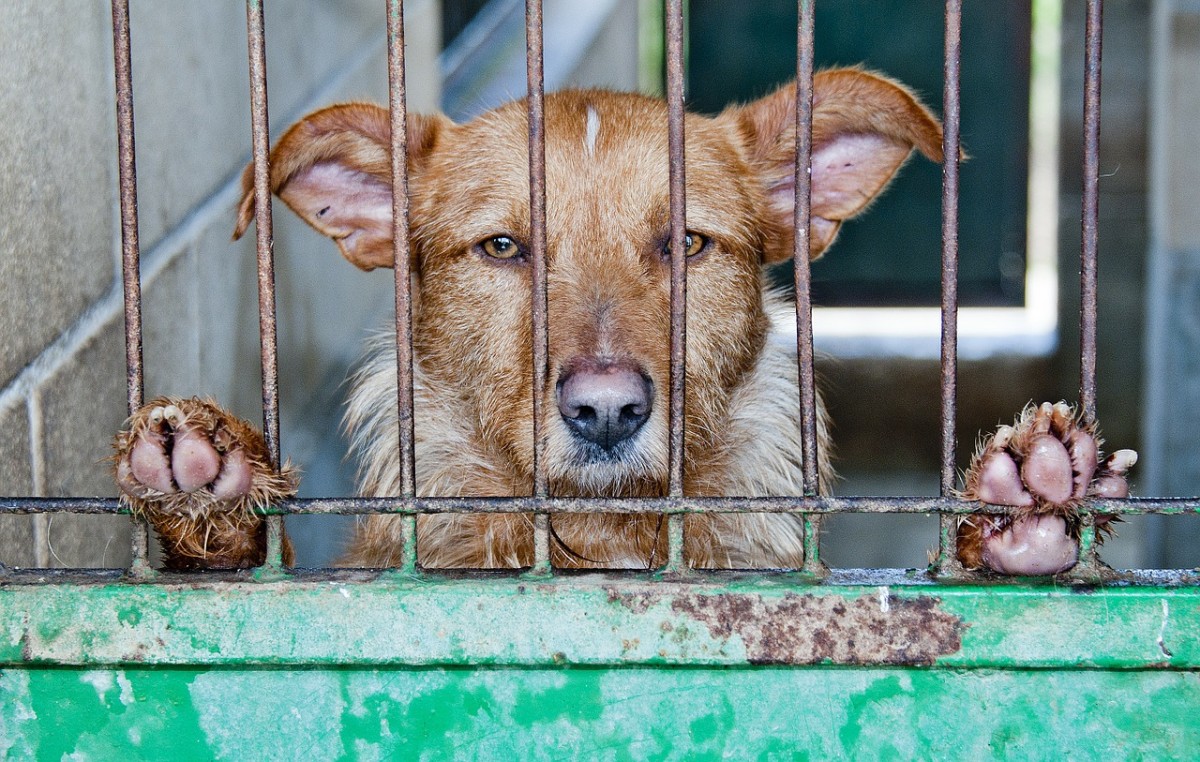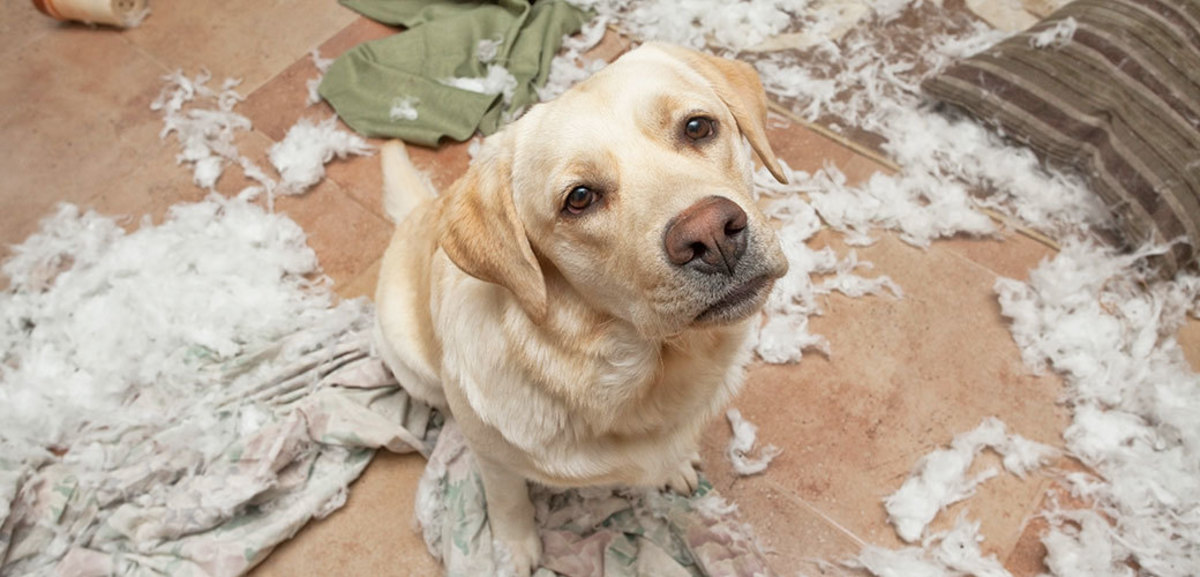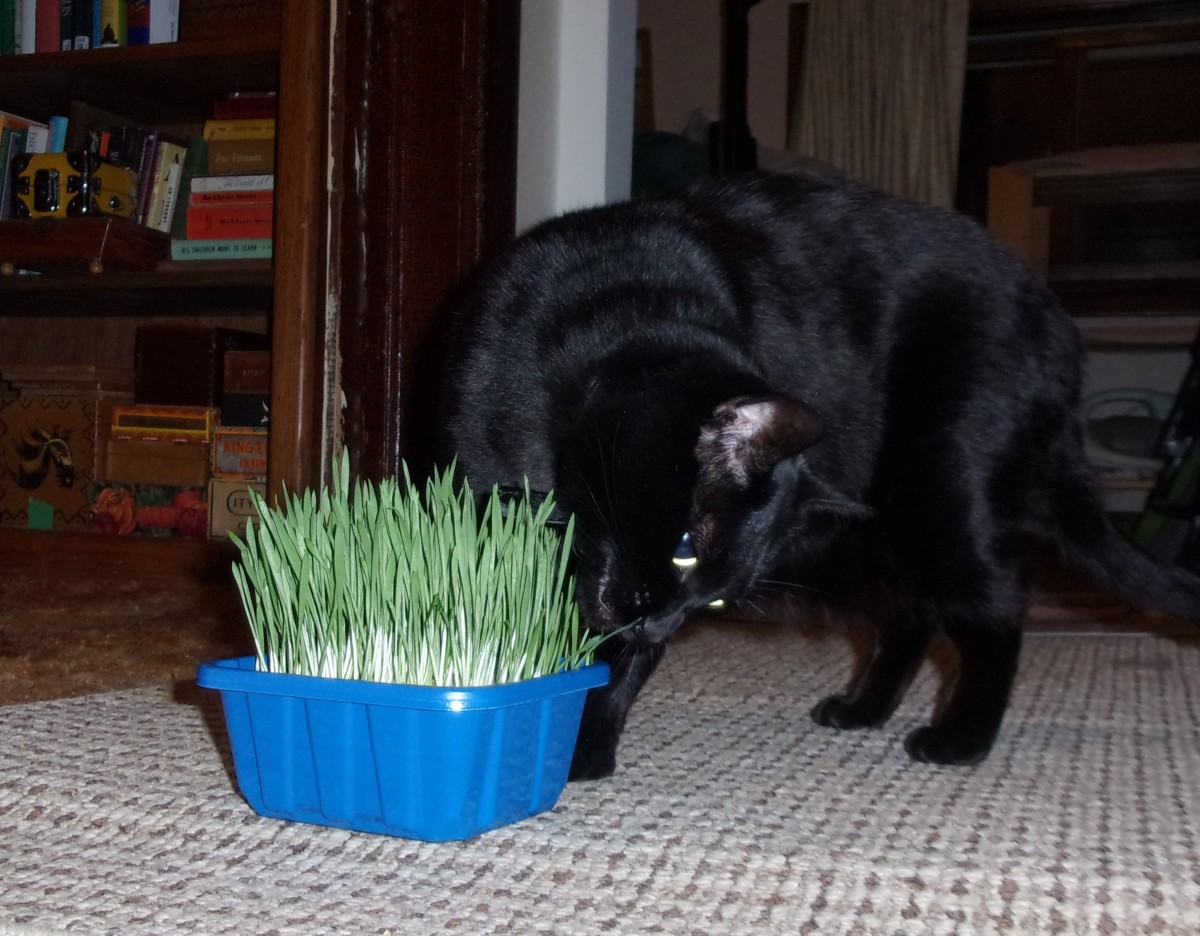How to Benefit from Animal Boarding
Boarding Facilities

Where Do I Start?
Do you have a love for animals, both big and small?
Operating an animal boarding facility may be just what you're looking for.
This is a major undertaking, so weigh all the options carefully. Remember, there are many lives at stake in a business such as this. You are solely responsible for everything that happens while animals are in your care, both good and bad. If you are unprepared to deal with the bad, then perhaps this is not the best option for you.
Another very important point to make is you are a "boarding facility" not an "animal rescue drop-off". Many people may just presume because you have a variety of animals you are "the place" to drop off the unwanted or strays. If this does happen, provide them with the number to the nearest animal shelter. Be sure your signage specifies "boarding" clearly.
Pet & Animal Housing
The Beginning
The first step is to build your pens and decide what types of animals you are willing to care for. Depending on your space and abilities you may care for anything from reptiles to horses, and everything in between.
The most common boarding facilities usually house dogs and cats, but if you feel you can accommodate larger animals then by all means, go for it. Personally I would prefer cats, dogs and perhaps small livestock...no reptiles for me.
Determine how many animals you are willing to care for and ensure there is an individual pen for each with proper shelter available. Dog runs are best for dogs, cats and even a pot belly pig. Cats will require a scratching post (multi-level) as well as a shelter. Cats like to be high, so an enclosed house at the top of a cat stand is ideal.
Advertising and Client Information
When you have the facilities in place, it is time to start advertising your services. Be reasonable in your rates and specify whether or not you will supply the food. Some animals require special diets, so if this is the case it is the owner's responsibility to provide their food.
Before your first client walks through your door, it is important to have a file ready for each animal. The file should consist of a waiver (this will help protect you should anything happen to the animal while in your care), a list of any medications or special diet, up to date vaccinations, and any special care required. Pet name, owner name and contact information should also be included. Another contact you should ask for is that of the pet's veterinarian, just in case it needs medical attention. An activity log is also recommended (but not required). Generally most people will only board healthy animals, but occasionally circumstances require extra care. It is important to know as much as possible about the animal beforehand; this will help ensure the animal receives the best care possible.
Drop-off
Provide the pet owner with a tour of your facilities to set their mind at ease. Remember, they are leaving a member of their family with you. They will expect clean kennels, proper shelter, friendly caregivers and safe accommodations.
Allow the owner to accompany you and their pet to the designated spot. This will help relieve anxiety in both the pet and the person. It is important that only one family member be allowed to go to the pet's temporary home however, as too many people in the boarding area could lead to other animals accidentally being released from their pens. Children should say their goodbye's at the vehicle.
Animal Care
Above and Beyond Care
This step may be one of the most important. Provide the best care you possibly can for each and every animal. Granted it may get noisy when all of the dogs decide to start barking, but sacrificing total silence was your choice when you decided to become an animal boarding facility.
Make note of exercise times with the animals and any problems or concerns. Providing some "kennel-free" time is important for the animal's well being, especially if they will be in your facility for an extended period. You will want to be sure the area you use for playtime is enclosed or fenced, as you do not want any escapees. It is your responsibility to ensure the animals are kept as safe as possible.
Also ensure animals have a constant supply of fresh water, especially when it is hot out. Providing shade is also essential in hot climates, or even on bright sunny days. Feed at regular times and provide owner-approved treats during play time.
Departure
Be prepared to become attached to some of your "guests". You will quickly learn many departures will be bittersweet. You will know the pets are returning to their homes, but you will miss them when they leave. This is common when animals are boarded for extended periods.
In the event you have the facilities for larger animals, be sure to have them in a catch-pen when their owners arrive. Horses are generally the only larger animal to be boarded, so you will be notified in advance of any pick-up. Smaller pets may be kept in their kennels until the owner arrives. It is relatively simple for you and the client to get the animal and take care of the necessary paperwork.
Have the invoice ready so the bill can be paid at the time of pick-up. (In some cases, especially with new clients, a deposit should have been left at the time of drop-off.) Deduct the amount of the deposit from the total bill and request payment of the remainder. Remember to thank the client for their business and provide them with a copy of their pet's "activity log". This will reinforce the fact you did your best to care for their pet, and may secure a future placing as well.











